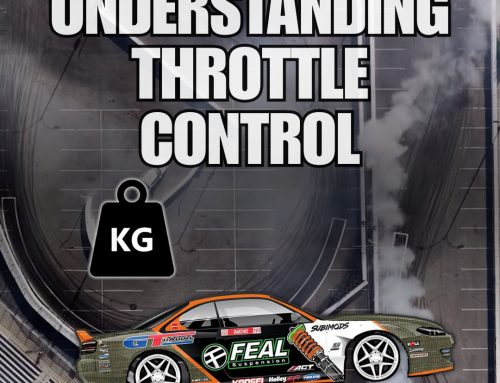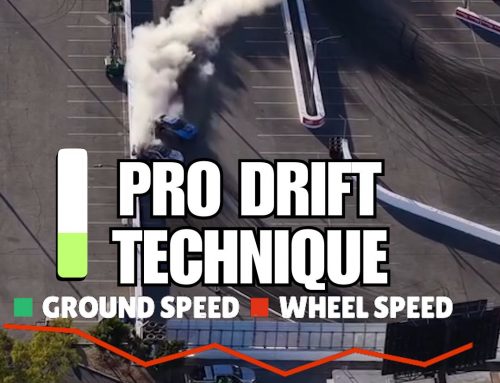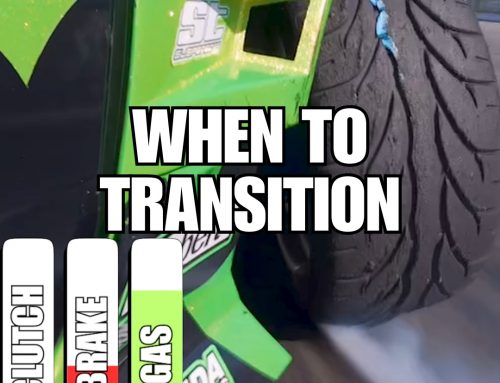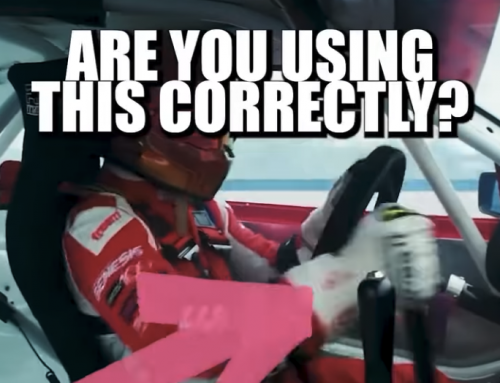Some of our students come to Texas Drift Academy just looking for a fun driving experience. And some are “advanced” drivers who participate in various high performance driving experiences or racing, and they study the techniques and perfect their skills, day in, day out. They are ‘awoke’ drivers, conscious of what they are doing.
For example, when I’m on the road, I make each turn with the same habits formed from the track…braking in a straight line, trail braking into the apex, releasing the wheel as I equally accelerate to an exit. I practice smooth inputs, I keep my eyes up above the top half of the windshield, looking ahead to next turn, and paying attention for potential obstacles. I’m aware, conscious, explicit. Is this you too?
For those students who are woke up drivers, who come to improve their driving skills, I was searching for a good definition for what makes a driver “advanced”. What makes up the drivers who arebetter than average on and off the track. Actually, WAY better than average than what I see on Texas roads!
The best definition I found is from Reg Local (former UK advanced police driving instructor) in his book Advanced and Performance driving. Here are 10 characteristics of Advanced Drivers. Is THIS you too?
An open mind and an ongoing willingness to learn
If you’re driving “learning curve” flattened out the day after your driving test, you’re not an advanced driver! An advanced driver is never complete. Treat every drive as a learning experience. Approach new driving situations and techniques with curiosity and a willingness to adapt and improve your driving skills.
A realistic assessment of your own abilities
Never think you’re better than you are. There is nothing more dangerous. Understanding and acknowledging your own driving strengths and weaknesses, and using that knowledge to set realistic goals and expectations for yourself as a driver.
A calm and composed attitude with just the right amount of assertiveness
This allows you to stay composed and focused in high-stress situations, while also being assertive enough to make quick and precise driving decisions.
An ability to remove emotion from driving
being able to separate your personal feelings and biases from the task at hand, to forgive yourself and others, and to make driving decisions based on logic and reason.
An active (but not overactive) imagination
allows you to think creatively and come up with new driving strategies and techniques, without getting lost in excessive daydreaming or fantasizing. It’s important you can imagine likely hazards that are out of view without being too cautious.
Sustained concentration
allows you to focus on the task at hand for an extended period of time without becoming easily distracted or bored.
Planning
Every action a driver takes should be planned. Planning allows you to organize and make a strategy for achieving your goals as a driver
Smoothness with controls
allows you to make small adjustments and corrections with ease, and to make transitions between different driving actions or movements smoothly
Accuracy
Can you place the car exactly where it should be. Do you identify the correct time to brake, change gear, steer, accelerate, etc.? Start with accuracy at lower speeds then increase speed.
Mechanical sympathy
You don’t have to be a mechanic but learn now the dirty bits work. For example, you shouldn’t drive a cold car hard. Having an understanding and empathy for the mechanical systems of the car, which can help you make better driving decisions




